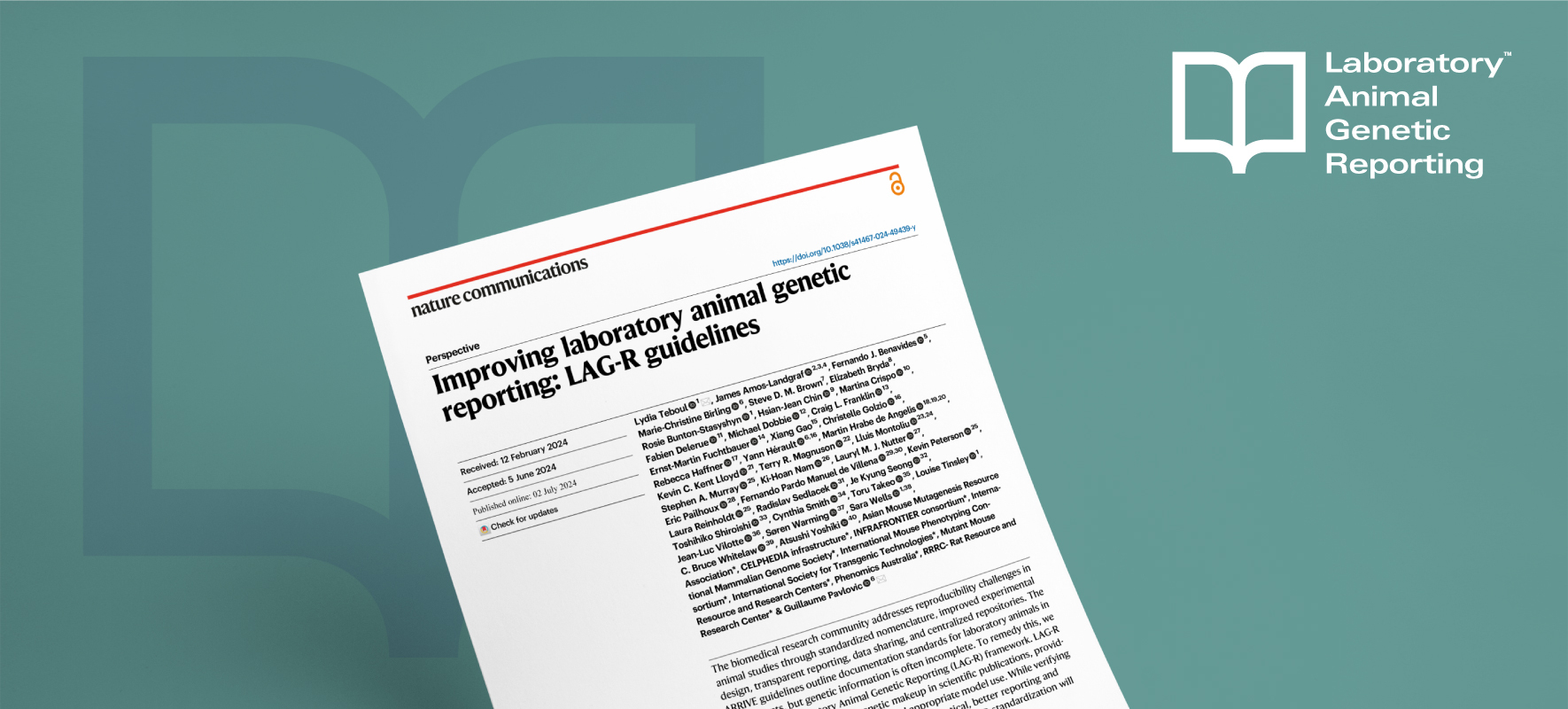Dr Acevedo-Arozena led research on a mouse with the same mutation as a familial form of amyotrophic lateral sclerosis, which may provide new insights into the how the disease develops.
New ALS mouse model discovered Dr Acevedo-Arozena led research on a mouse with the same mutation as a familial form of amyotrophic lateral sclerosis, which may provide new insights into the how the disease develops. Indicators of neurodegeneration (red, green) seen in the lumbar spinal cord of 52 week old Sod1 mutant mice. Amyotrophic lateral sclerosis, also known as Lou Gehrig’s disease, is a neurodegenerative disease that affects motor neurons. It causes muscle weakness and paralysis, and gradually worsens over time, typically lasting for around three to five years before death. People with ALS have a weak grip, difficulty moving and walking, and problems breathing and swallowing. The condition worsens over time, and there is no cure. A newly discovered mouse line, which shares the same gene mutation as found in a type of ALS, has been described for the first time by a team led by Abraham Acevedo-Arozena together with collaborators from the UCL Institute of Neurology. It provides a new mouse model for ALS research. Their findings are published in Human Molecular Genetics. Familial ALS accounts for around 10% of all cases, caused by gene mutations that can be inherited. Mutations in the gene for superoxide dismutase 1 (SOD1) are known to cause a large proportion of these familial ALS cases, and some research has indicated that defects in SOD1 may also underlie other forms of sporadic ALS. Normally, the main function of SOD1 is to remove superoxide radicals, preventing their accumulation from causing oxidative damage to the cell. However, the mutant variety of SOD1 takes on a new, toxic function that ultimately leads to the death of the motor neurons that control muscle movement. While there are already numerous mouse models of SOD1 ALS in existence, all overexpress the human gene, producing excessive amounts of the mutant protein. Yet overexpression of the non-mutant SOD1 gene can result in an ALS-like syndrome. This raises concerns about whether the neurodegeneration and other effects seen in these models are actually due to the mutation, or just the fact that the gene is overexpressed. The aim of the researchers was to create the best possible model of SOD1 ALS. They identified a mouse line with a chemically induced point mutation in the mouse gene Sod1, and found it to be exactly the same as one seen in patients with a type of familial SOD1 ALS. As the mice aged, they developed signs of reactive gliosis (an indicator of damaged neurons), gradual degeneration of their motor neurons, and a loss of nerve contact with muscles in the hind limbs. The mice lost grip strength, developed tremors and an odd gait, and become severely hunched as their back muscles weakened. However, mutant mice do not progress to end-stage disease, and therefore do not become paralysed. The researchers also found indicators that the mitochondria in their motor neurons were malfunctioning, often considered an important factor in the development of ALS in patients. This is the first mouse model described that has the equivalent of a human ALS mutation in the mouse Sod1 gene. It provides a new model, which can be used to study the early stages of ALS and develop new treatments to reduce the burden of this terrible disease.


